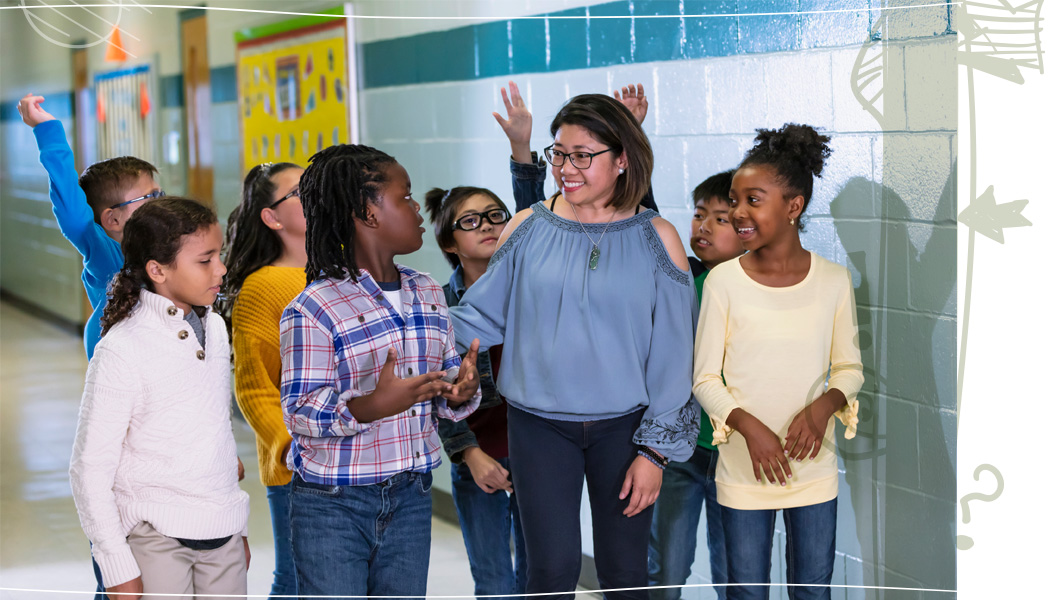Challenges
Practicing youth engagement is not without its share of challenges. Many people experience resistance to involving young people because of the perceived costs, time commitment or difficulty with incorporating young people into adult structures. This resistance usually comes from a lack of understanding. Many people are uncomfortable with the notion of youth engagement because it is foreign to them or they are unaware of the multiple benefits: for youth, for organizations, and for policies. Lack of awareness is best challenged with information and hands-on experience so share success stories, research, and outcomes associated with youth engagement and give skeptics the chance to experience youth engagement firsthand. Help decision-makers and practitioners understand the positive impacts associated with youth engagement and let them know that young people have the right to have their voices heard. Changing perceptions and cultural practices is slow but important work. Help shift the attitudes of those around you.
Some Challenges
“Challenges to youth engagement have definitely been
- comfort level and willingness of adults to let go of control… and
- comfort level, willingness, skills of adults to be facilitators versus educators.
Connecting those who are succeeding with youth engagement with those who are questioning or interested has been a strong approach.”
– Tanya Dunn-Pierce, Manager, Population and Public Health, Saskatoon Health Region
Challenges and Impacts
To access “Overcoming Challenges & Measuring Impact in Youth Engagement” video.
One common challenge is the adult tendency to ask one young person, or a very small number, to represent the youth perspective as a whole. This can happen when one young person is invited to sit on a board of directors, or with the creation of a youth advisory committee. Young people in these positions are rarely taught about the notion of constituency building (gathering ideas and perspectives from their peers). Instead, adults often expect that one young person can speak on behalf of, and give insight into, all young people.
Challenge these practices and give young people in these positions the time and resources to consult their friends and classmates. Teach young people how to gather input through surveys, Facebook polls, focus groups or casual conversations. These practices will develop young people’s research skills, civic engagement and help them understand social policy and political structures better. Adults who are relying on youth input will benefit from the broader perspective as will programs and policies.
In the virtual landscape, other challenges arise. Challenges to youth engagement often include overcoming digital fatigue where constant online activity can lead to disengagement. Additionally, maintaining consistent and meaningful interaction can be difficult in a fast-paced digital environment27. Ensuring accessibility and inclusivity for all youth regardless of their technological resources or skills is another significant challenge. Balancing these factors while keeping engagement authentic and impactful requires careful strategy and ongoing adjustment.
What can you do? Adult allies can overcome these challenges by actively listening to youth’s needs and preferences to tailor content and engagement strategies. They should strive for authentic interactions and avoid one-size-fits-all approaches, ensuring that content is relevant and inclusive. To combat digital fatigue, allies can include in-person/hybrid opportunities for engagement, focus on quality over quantity in communication and offer varied formats to keep engagement fresh. They should also ensure that digital platforms are accessible and provide support for those who may lack technological resources. Building genuine relationships and showing appreciation for youth contributions can help maintain motivation and involvement.
Evaluation
Evaluation of youth engagement programs, initiatives and events is a method of continuous reflection and critical thinking by youth and adults. Evaluations can serve many functions:
- Identifying challenges and emerging needs, helping inform the ongoing implementation and sustainment of the Health Promoting Schools approach
- Informing decision making throughout the cycle of designing, implementing, ending and generating new engagement activities
- Ensuring engagement is and continues to be meaningful for all involved
- Providing ongoing feedback and opportunities to hear voices that may be marginalized
- Sustaining engagement and commitment when evaluation results are used to improve the initiative
- Indicating whether objectives are being met
- Modeling, reaffirming and clarifying the values and principles of the initiative
- Revealing and communicating strengths, areas for improvement, and successes
- Initiating a new cycle of engagement and activity
- Sharing the story of the initiative with others, including stakeholders, funders, etc.
- Strengthening and increasing the breadth of knowledge about youth engagement, the outcomes, and effective practices.

A mix of formal and informal evaluation activities can be useful. Informal evaluation activities can be integrated into the program, such as a feedback wall that everyone can write on, or a regular check-in/check-out opportunity to share how things are going.
The Students Commission uses the Youth Engagement Survey Map as an evaluation tool – focusing attention on initiators, sustainers, qualities and outcomes at the individual, social and system levels.

Sharing the Stories is intended to not only provide evaluation tools for individual initiatives, but also share the broader story of youth engagement that emerges across diverse initiatives, organizations, and geographic locations. For example, using consistent measurement tools could result in an evaluation project that looked at all initiatives in a school district, or all initiatives that use a Health Promoting Schools framework across the country.
See Sharing the Stories platform.

”You have to build a culture of youth engagement, so that it is not seen as a program or an add-on… it must be embedded in the day-to-day practice and work of the ministry
Kathy Berggren-CliveBC Ministry of Children and Family Development
”We need to remember that sometimes it’s OK to let young people make mistakes.
Lynn Ann Duffley, NB
”If you listen to young people – they have their community’s best interest in mind
Matt DeCourceyOffice of the Child and Youth Advocate, NB
Evaluation Made Easy
For a quick program evaluation, try using the Head, Heart, Feet, Spirit worksheet accessed below.
Recommended Tools
Throughout this Toolkit relevant evaluation tools have been suggested. Here is a summary of those recommended tools:
- Organizational Readiness: Assesses organizational initiating/sustaining factors
- Leadership Qualities: Assesses program leader/facilitator skills and behaviors that are connected to youth outcomes
- Youth-Adult Survey: Assesses the quality of youth-adult relationships
- Conference Survey: Examines youth-adult relationships in youth events, with a focus on contribution and decision-making
- Organizational Outcomes: Measures perceived impacts of youth engagement on organizations and communities
- Head, Heart, Feet, Spirit: Open-ended opportunity for participants to reflect on and share different aspects of their engagement experience.